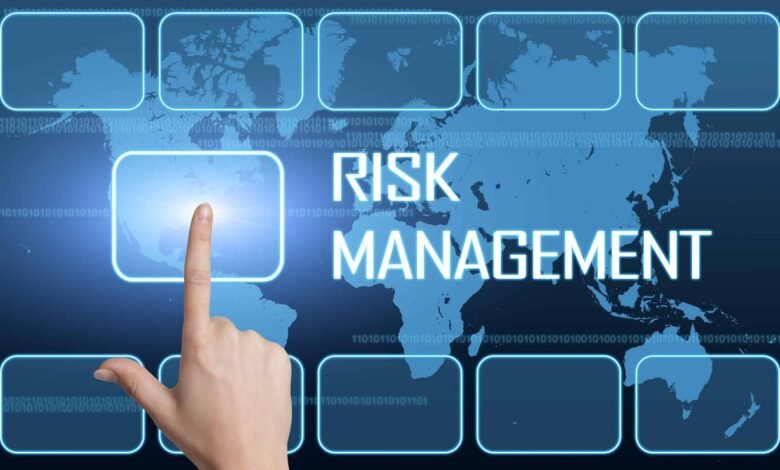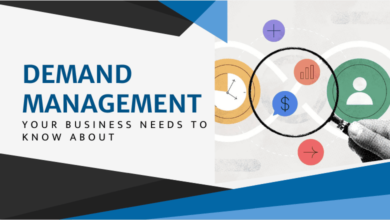
Risk management is an essential aspect of running a successful business in today’s complex and ever-changing environment. By identifying, assessing, and mitigating potential risks for businesses, organizations can protect their assets, maintain business continuity, and seize opportunities for growth.
However, many businesses struggle with how to identify risks and develop effective risk management strategies and often overlook potential vulnerabilities. In our blog post below, we will explore the key steps and best practices to improving risk management to create a resilient foundation for your business. Keep reading to learn more.
Identify Risks Early
You can never be too early when it comes to thinking about risk. The sooner you identify risks the easier it will be to manage them. When you start any task or new project you have to think about risk management strategy.
It is a good idea to embed risk management into your work processes and into your corporate culture. Think about the EWIs or Early Warning Indicators that you can track for different risks within your organization.
Keep in mind that not every risk is negative, you do not only want to focus on the downside of risks. There are also positive sides to risks because sometimes it presents opportunities where you can take advantage of a situation or a given event. You also want to keep your SPRS score in mind.
You want to leverage technology solutions, data analytics, and predictive modeling to identify patterns, trends, and potential risks. These tools can provide early warnings and predictive insights based on historical data and real-time information.
Prioritize Risks
Once risks have been identified, it’s essential to prioritize them based on their potential impact and likelihood. This allows businesses to allocate resources effectively and focus on managing the most critical risks that could significantly affect their operations or objectives.
Evaluate the likelihood and potential impact of each risk. Likelihood refers to the probability of the risk event occurring, while impact refers to the severity of the consequences if the risk materializes. Use qualitative or quantitative methods to assess these factors and assign ratings or scores to each risk.
Take the time to define the risk criteria. Criteria can include financial impact, reputational damage, regulatory compliance, operational disruption, customer impact, or strategic alignment. Aligning the criteria with your business objectives will help ensure effective risk prioritization.
You also want to analyze the risk interdependencies. Take the interdependencies between different risks into consideration. Some risks may be linked or have cascading effects, while others may be mutually exclusive.
Create a Risk-Aware Culture
Risk management is not solely the responsibility of a designated team or department. It should be ingrained in the culture of the entire organization. Businesses should promote a risk-aware culture where employees at all levels understand the importance of risk management, report potential risks, and actively contribute to their mitigation.
Encourage open communication and feedback on risk-related matters to ensure a comprehensive evaluation.
Develop Strategies
You want to take the time to develop strategies to mitigate or manage them. This may involve implementing preventive measures, establishing contingency plans, or transferring risks through insurance or other means. It’s important to tailor risk management strategies to the specific nature of the risks and the business itself.
Monitor and Review
You want to remember that risk management is an ongoing process that requires regular monitoring and review. Businesses should establish mechanisms to track the effectiveness of risk management strategies, identify emerging risks, and make necessary adjustments.
This may involve conducting regular risk assessments, analyzing key risk indicators, and staying updated on industry trends and regulatory changes. We recommend establishing a reporting process to collect and analyze data on risk-related activities. Also, set a frequency for reporting, such as monthly or quarterly, to monitor progress and identify trends.
Periodically conduct risk audits to assess the effectiveness of your processes. Use the insights gained from monitoring and reviewing to drive continuous improvement in risk management. You don’t want to forget to regularly reassess the effectiveness of risk management activities and make adjustments as needed.
Stay in the Know
The business landscape is constantly evolving, and new risks may emerge over time. It’s crucial for businesses to stay informed about industry trends, technological advancements, regulatory updates, and other external factors that could impact their risk profile. This allows businesses to adapt their risk management strategies accordingly and proactively address emerging risks.
Talk to the Experts
Depending on the complexity of the business and its risk landscape, seeking expert advice from risk management professionals or consultants can be beneficial. They can provide specialized knowledge, assist with risk assessments, and offer guidance on developing and implementing effective risk management practices.
You want to make sure you look for professionals with expertise and experience, preferably in your industry or relevant sectors. Ask for recommendations from trusted sources, conduct research, and review the credentials and track records of potential experts.
Arrange initial consultations or meetings with the selected experts to discuss your business’s risk management needs. Give the pros access to relevant data, documents, and resources to facilitate an accurate assessment.
Improving Risk Management Like a Pro
As you can see improving risk management does not have to be super complicated. Keep in mind that if you fail to manage risks in your organization you are putting your entire operation at risk. Also, do not forget that risk management is not a one time scenario, it is an ongoing process that you have to commit to.
If this guide came in handy make sure you continue browsing this section for our latest tips and guides.
Also read:






